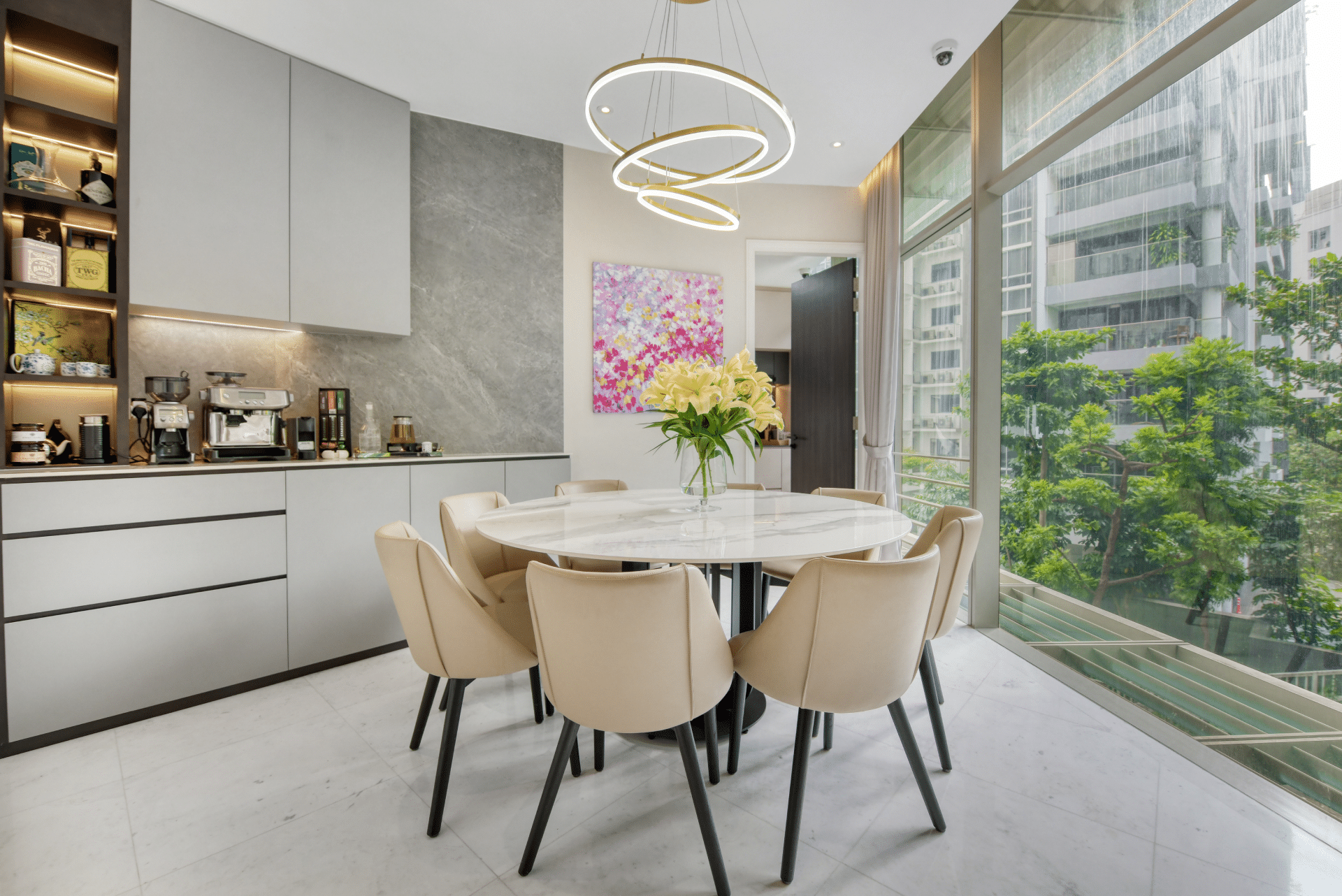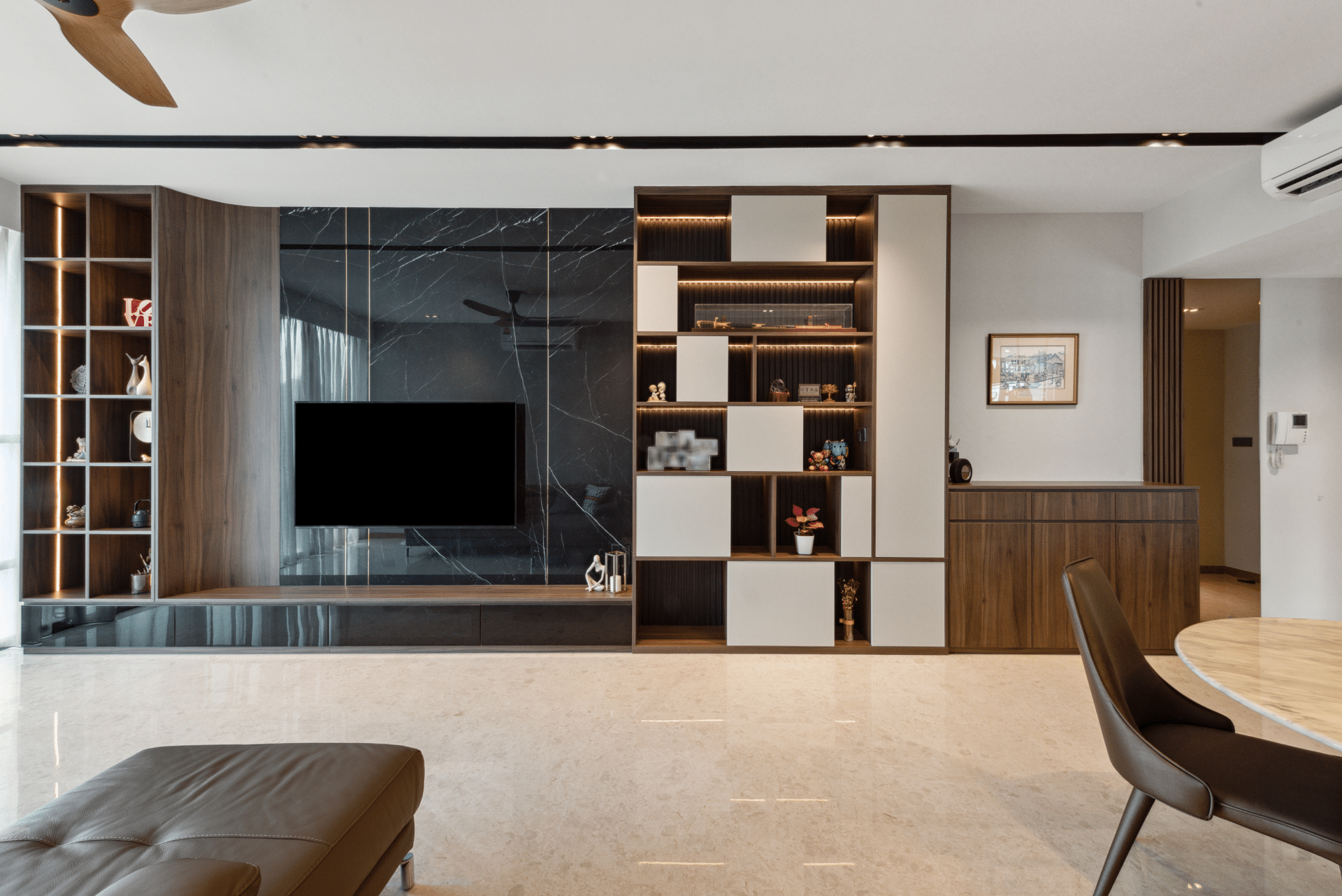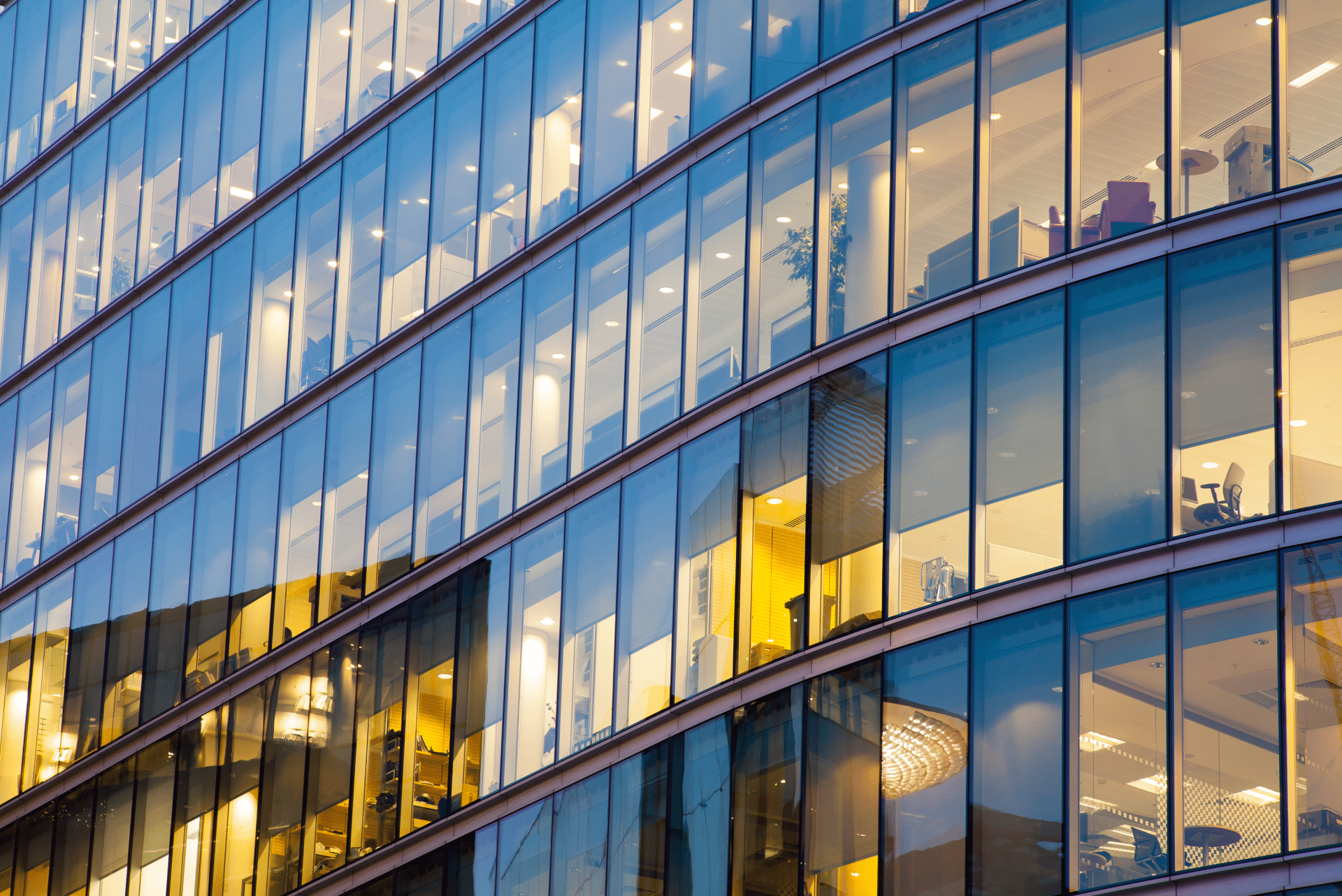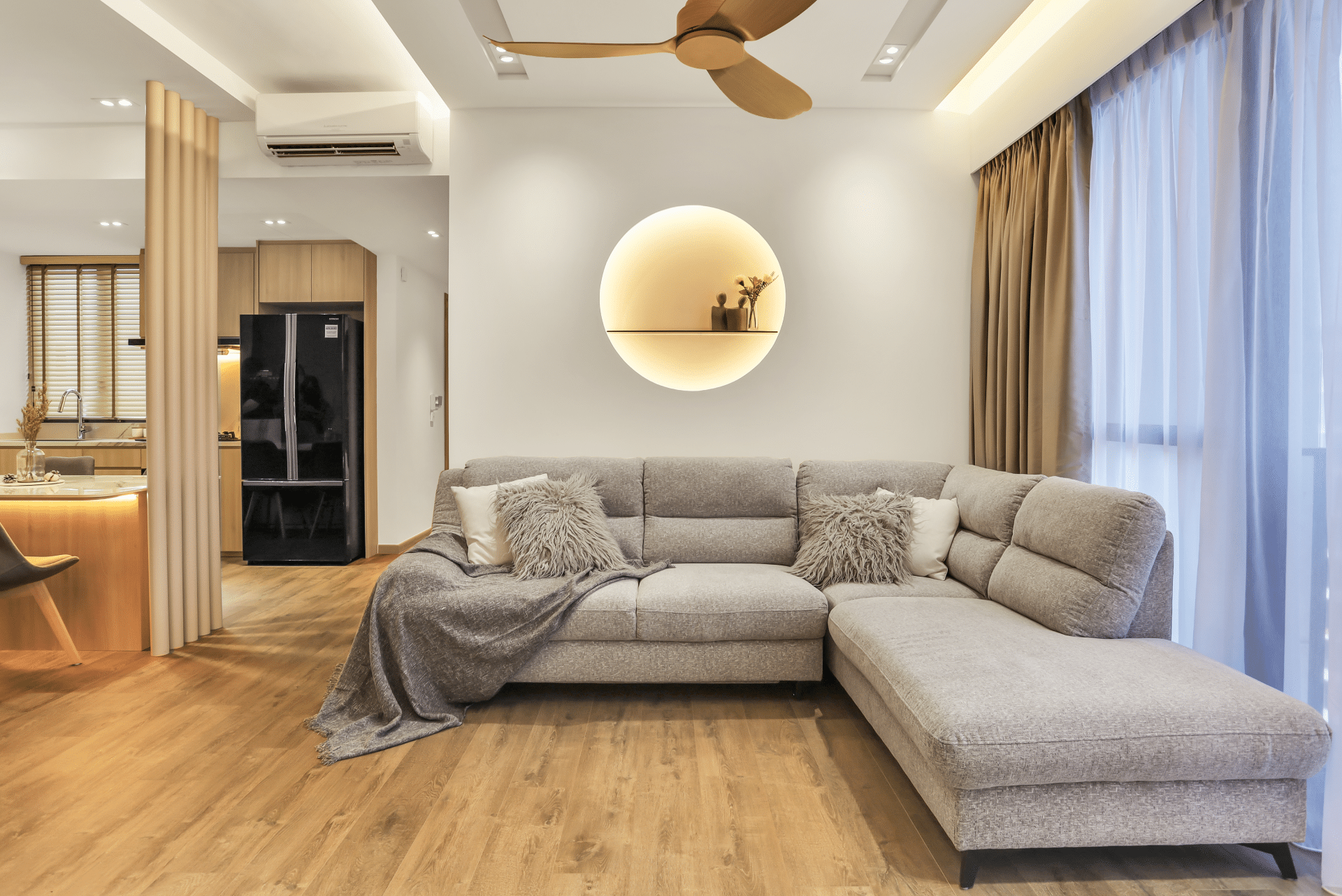Biophilic Design: How To Bring Nature To Your Singapore Home
As our planet rapidly urbanizes itself, upholding the ageless human bond with the natural world remains critical for purposes of health, functionality, and meaning. The “biophilic design” provides an antidote to excessive urbanization using elegant architecture and spaces that replenish our connections to nature – where we exist, work, play, and mend.
Singapore’s magnificent instances of biophilic developments prove that even the most futuristic of cities still demand access to greenery and organic patterns. Edifices do not stand as isolated objects but rather as nodes inside an interconnected natural environment. In this blog, we will examine advice regarding Singapore’s biophilic design extensively.
Insights
Did you know that according to one study performed by the National University of Singapore, exposure to nature indoors can lessen stress levels by upwards of 60 percent?
What Is Biophilic Design?
Biophilic design links people in buildings more intimately with nature. Essentially, biophilic design acknowledges humans have an innate need to affiliate with nature, a notion termed “biophilia.” The word biophilia denotes “love of life or living systems” and was made popular by biologist E.O. Wilson during the 1980s. Wilson hypothesized humans evolved in nature over millions of years, so they still feel most comfortable and thrive best when connected to the natural world.
History
The Singapore biophilic design movement traces its origins to the American biologist E.O. Wilson, who wrote about the concept of biophilia in his 1984 book titled Biophilia. Wilson hypothesized that humans are hardwired to be attracted to nature and other living organisms at a genetic level because of our long evolutionary history in the natural world. In the 1990s, design theorists and architects began exploring ways to incorporate natural elements and patterns into the built environment based on Wilson’s biophilia principles.
Singapore has embraced the biophilic design movement with several stunning architectural projects in recent years. As an urban landscape nearly devoid of nature, Singapore stands to benefit tremendously from biophilic principles that reconnect its residents to the natural world. An increasing number of biophilic buildings have been constructed over the last decade, incorporating nature through sunlight, ventilation, plants, natural shapes/forms, views of nature, and direct physical access to the outdoors.
What Are The Characteristics Of Biophilic Design?
Biophilic design can take many forms, but there are several core natural elements and characteristics that define it:
-
Environmental Features
Incorporating nature directly into spaces through elements like plants, water features, breezes, sounds/smells of nature, and natural habitats for animals like birdhouses or beehives.
-
Natural Shapes And Forms
Curvilinear shapes/forms inspired by nature; spiral designs; shapes reflecting flowers, trees, shells, etc. Flowing lines instead of rigid straight lines and angles.
-
Natural Patterns And Processes
Patterns are mimicking nature, like branches, leaves, waves, and fractals, displaying natural processes like weather, erosion, and growth cycles.
-
Light And Space
Spaces filled with natural light through large windows, skylights, and clerestories, spotlighting to evoke light filtering through forest canopies. Soaring ceiling heights suggest natural openness.
-
Place-Based Relationships
Designs that connect to local climate, geology, ecology, and culture. Features inspired by regional natural landscapes. Respect for genius loci or “spirit of place.”
-
Evolved Human-Nature Relationships
Designs supporting innate human needs/behaviors related to nature like prospect/refuge, mystery, risk/peril, order/complexity, curiosity, and beauty.
Materials Used In Singapore Biophilic Design
When it comes to materials, biophilic design favors natural, authentic substances found in nature:
Wood – bamboo, oak, maple, cedar
Stone – granite, limestone, sandstone
Clay-based materials – brick, tile, wattle, and daub
Natural fibers – wool, cotton, silk
These materials connect back to nature through their colors, textures, and overall aesthetic. They are also generally more sustainable and environmentally friendly than synthetic materials. In addition to physical materials, biophilic design also considers “materials” like natural light.
Sunlight that shifts with the time of day evokes organic patterns and connections to the broader natural context we inhabit. Natural light also supports human health and functionality. Finally, as a counterpoint to materials, the biophilic design places a strong emphasis on integrating living materials into spaces, like in the form of plants, trees, moss walls, green roofs, indoor water features, and more.
Examples Of Biophilic Design In Singapore
There are numerous noteworthy examples of biophilic architecture and spaces in Singapore, such as Khoo Teck Puat Hospital Singapore’s biophilic design.
-
Jewel Changi Airport
This stunning airport hub, which opened in 2019, seamlessly integrates lush greenery, sunlight, and nature imagery into its soaring glass enclosure using biophilic principles. Known for its striking indoor waterfall, tropical garden landscapes, and abundance of plants, Jewel demonstrates the power of bringing nature into modern buildings.
-
Gardens By The Bay
Singapore’s iconic Gardens by the Bay complex embodies core concepts of biophilic design, functioning as a beautiful nexus point between the urban and natural worlds. Lush indoor conservatories transport visitors into the biodiversity of tropical climates, while outdoor Supertree Grove has vertical green spaces and skywalks evoking forest canopies.
-
Parkroyal Collection Pickering Hotel
From its striking facade of terraced greenery to its abundant garden landscapes and water features, the Parkroyal Hotel makes a bold visual statement about harmoniously integrating architecture with nature. The hotel helps satisfy biophilic needs among guests and the public alike.
-
Kampung Admiralty
Part of Singapore’s pioneering public housing program, this mixed-use development for seniors combines community spaces and residential units alongside lush roof gardens and a therapeutic “Medical Hub.” By synergizing nature, social connectedness, and healthcare, Kampung Admiralty creates an ideal habitat for health, happiness, and wellness inspired by biophilic design.
Benefits Of Biophilic Interior Design
Some of the key benefits of biophilic interior design include:
-
Connection To Nature
Biophilic interiors remind people of their place within the broader natural world, satisfying that innate need for affiliation with nature. Natural shapes, forms, materials, and living elements transport occupants closer to the great outdoors.
-
Stress Reduction
Research shows that exposure to real or simulated nature indoors reduces stress levels, heart rates, and sympathetic “fight or flight” nervous system responses among building occupants. Biophilic spaces literally help calm our minds and body.
-
Improved Air Quality
Spaces abundant with plants, natural ventilation, and daylight naturally filter toxins and pollutants from indoor air and lower CO2 levels – creating healthier habitats for respiration and growth.
-
Increased Productivity
Multiple studies correlate biophilic design with increased worker performance, concentration, creativity, and satisfaction. When people feel connected to nature, the mind works at its peak potential.
-
Enhanced Overall Well-Being
On physical, psychological, and social dimensions, biophilic design boosts the quality of life, mood, healing processes, learning functions, and human relationships through natural connections.
In Singapore’s fast-paced urban context, biophilic interiors serve as nourishing respites from excessive stimulation while also boosting health. It makes them ideally suited for residential, commercial, and healthcare spaces alike. As the research and data continue accumulating, expect even more biophilic-inspired spaces to bloom across the island nation.
Biophilic Interior Design
Another revolutionary concept is that of biophilic interior design, which draws on people’s biological need for nature inside our rooms. The need for nature in Singapore has led to the adoption of biophilic design. This philosophy holds the position that being exposed to nature is beneficial in helping one’s health, performance, and general well-being.
When natural materials like wood, stones, or bamboo are incorporated into a building through biophilic design, warm comfort is achieved while maintaining an authentic feeling in a room. These earthly color palettes are derived from the forest, ocean, and landscape tones that create a relaxed environment.
Tips For Biophilic Design
Here, we discuss tips for Biophilic interior design in detail.
-
Natural Light
When arranging your space, think about where natural light comes in at different times of the day. If you work at home, placing your desk in a window not only provides more natural light but gives you a constant view of the outside, too.
-
Open Windows And Doors
Letting fresh air circulate in our homes has obvious benefits for our physical health, enhances productivity, and helps us sleep better. If you have patio doors, make sure they are fully open on warm days to welcome in the sun, fresh air, and sights and sounds of nature.
-
Views To Nature
If you’re lucky enough to have a gorgeous view, consider how to make the most of it in your biophilic design living room or office. You can place a sofa or comfortable chair in a prime window-gazing position. If you work at home, having your desk by the window means you can take regular screen breaks while gazing off into the distance.
-
Decorate With Natural Objects
Creating a seasonal shelf or table to display your nature finds is a fun and educational activity to do with kids. Explore the natural patterns found on shells, leaves, and flowers, and it may even lead to some nature-inspired artwork for your walls. Natural woven baskets are an easy and functional addition to the home. It is considered the most important tip for biophilic design in Singapore.
-
More Tips
Never underestimate the power of plants. Undoubtedly, the easiest way to bring nature indoors is to fill your home with an assortment of plants. Apartment gardening has the added benefit of improving indoor air quality.
Worried you haven’t got green fingers? Start small with one or two plants and gradually build up your collection. Choose plants that are a little easy to care for – plenty of houseplants are low-maintenance and quite forgiving of neglect!
Hire A Company
Major figures in the early development of biophilic design include architect Stephen Kellert and design expert Judith Heerwagen. In 2008, Kellert and Heerwagen co-authored a seminal book on the subject titled Biophilic Design: Since then, biophilic design has steadily gained traction and popularity, with more scientific research emerging to demonstrate its positive impacts. Contact IDID for biophilic interior design services.
Final Thought
Biophilic principles teach that by designing in harmony with external nature rather than in ignorance of it, we create indoor spaces that enable human inclusiveness, growth, creativity, and nourishment on every level. In that sense, biophilic architecture mirrors natural principles of profound symbiosis and deep interrelationship with our surroundings, just as Singapore’s very name means ‘Lion City’ in reference to a primordial landscape once abundant with rainforests and wild beasts.
The nation now leads the way in folding thriving natural beauty back into its state-of-the-art urban fabric. Nature itself is roaring back to reclaim its vital place amongst even the most cutting-edge concrete jungles. Through biophilic design’s growing implementation, perhaps one day Singapore’s architectural ‘Lion City’ moniker will once again ring true at the harmonious human-nature level it was always meant to. We hope this blog post about Biophilic design in Singapore will be helpful.



